Table of Contents
Ultimate Guide to Ranking Your Pins Higher: Pinterest has transformed from a simple inspiration board into a powerful search engine that drives millions of users to discover, save, and share content daily. For content creators, marketers, educators, and influencers, understanding Pinterest’s unique SEO ecosystem presents an incredible opportunity to expand reach and drive meaningful traffic to your content.
Unlike traditional social media platforms where content disappears into the void after a few hours, Pinterest operates as a visual search engine where your pins can continue generating traffic for months or even years. This comprehensive guide will walk you through proven strategies and tactics to optimize your Pinterest presence, ensuring your pins rise above the competition and capture the attention they deserve.
Whether you’re a seasoned marketer looking to refine your Pinterest strategy or an educator seeking to share your knowledge with a broader audience, mastering Pinterest SEO will become one of your most valuable digital marketing skills.
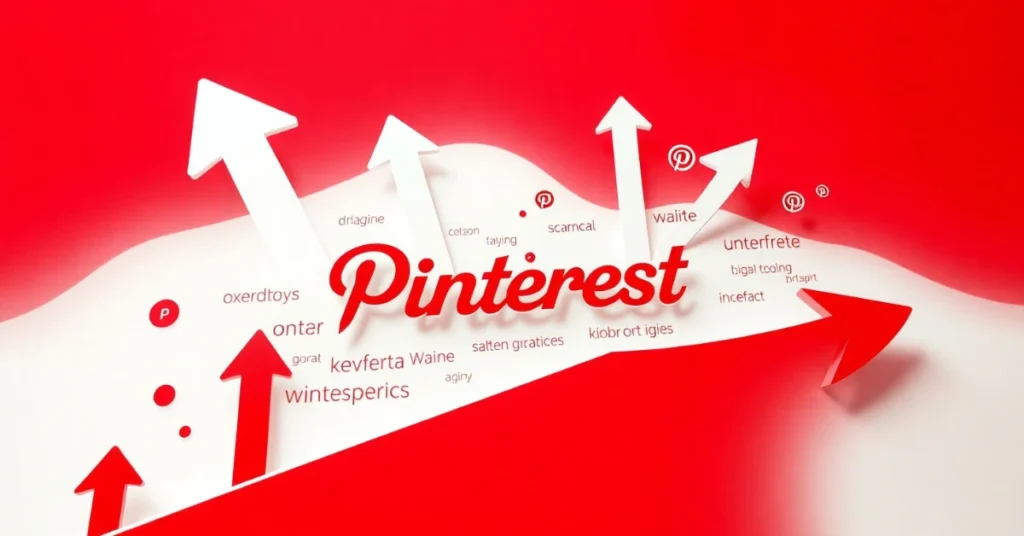
Understanding Pinterest as a Search Platform
Pinterest functions fundamentally differently from other social media platforms. While Facebook and Instagram prioritize recent posts and engagement, Pinterest operates more like Google, using complex algorithms to match user search queries with relevant pins based on keywords, quality, and user behavior.
When users search on Pinterest, they’re typically in a discovery mindset, actively seeking inspiration, solutions, or products. This intent-driven behavior makes Pinterest users more likely to engage with and act upon the content they discover. Understanding this mindset shift is crucial for creating pins that not only rank higher but also convert better.
The platform processes over 600 million visual searches monthly, making it essential for content creators to optimize their pins for discoverability. Pinterest’s algorithm considers numerous factors when determining pin rankings, including keyword relevance, pin quality, domain authority, and user engagement patterns.
The Pinterest Algorithm Decoded
Pinterest’s algorithm evaluates several key components when ranking pins in search results. Pin quality represents one of the most significant factors, encompassing image resolution, design aesthetics, and overall visual appeal. High-quality, vertical images with a 2:3 aspect ratio typically perform best, as they occupy more screen space on mobile devices where most Pinterest browsing occurs.
Freshness also plays a crucial role in Pinterest SEO. While pins can continue driving traffic long-term, recently published pins often receive initial ranking boosts. This creates opportunities for consistent content creators to maintain visibility in competitive niches.
User engagement signals, including saves, clicks, and comments, provide Pinterest with valuable data about pin quality and relevance. Pins that generate strong early engagement often continue ranking well over time, creating a positive feedback loop for creators who produce consistently engaging content.
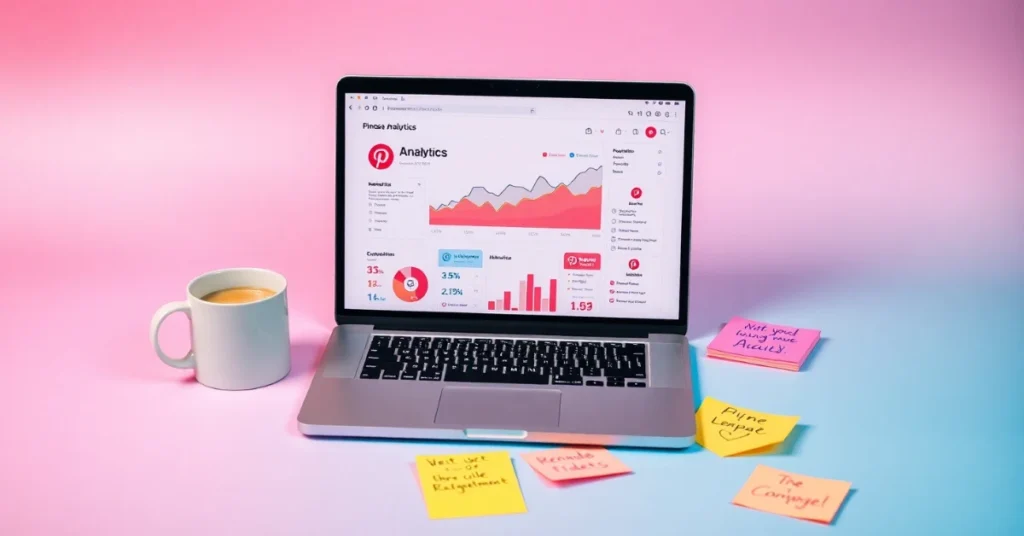
Keyword Research and Strategy for Pinterest Success
Effective Pinterest SEO begins with comprehensive keyword research tailored specifically to the platform’s unique search behavior. Pinterest users often search using different terminology than Google users, frequently using more descriptive, inspiration-focused language rather than direct product or service names.
The Pinterest search bar serves as your primary keyword research tool. Begin typing relevant terms related to your niche and observe the autocomplete suggestions that appear. These suggestions represent actual user search queries, providing direct insight into how your target audience searches for content. Ultimate Guide to Ranking Your Pins Higher.
Pinterest Trends offers another valuable resource for identifying seasonal and trending keywords within your niche. This tool reveals search volume patterns over time, helping you plan content calendars around peak interest periods. For educators creating back-to-school content, Pinterest Trends might reveal that searches for “classroom organization ideas” spike in July and August, allowing you to time your content accordingly.
Long-Tail Keywords and Semantic Search
Pinterest users frequently search using long-tail keywords and descriptive phrases. Instead of searching for “workout,” users might search for “30-minute home workout for beginners” or “quick morning workout routine for busy moms.” These longer, more specific searches often indicate higher intent and lower competition.
Incorporating semantic keywords and related terms helps Pinterest’s algorithm understand your content’s context and relevance. If you’re pinning content about healthy meal prep, include related terms like nutrition, clean eating, weekly planning, and time-saving recipes throughout your pin descriptions and board titles. Ultimate Guide to Ranking Your Pins Higher.
Consider creating keyword clusters around your main topics. For instance, a video editor might focus on clusters like “video editing tutorials,” “content creation tips,” and “storytelling techniques,” with each cluster containing dozens of related long-tail keywords.
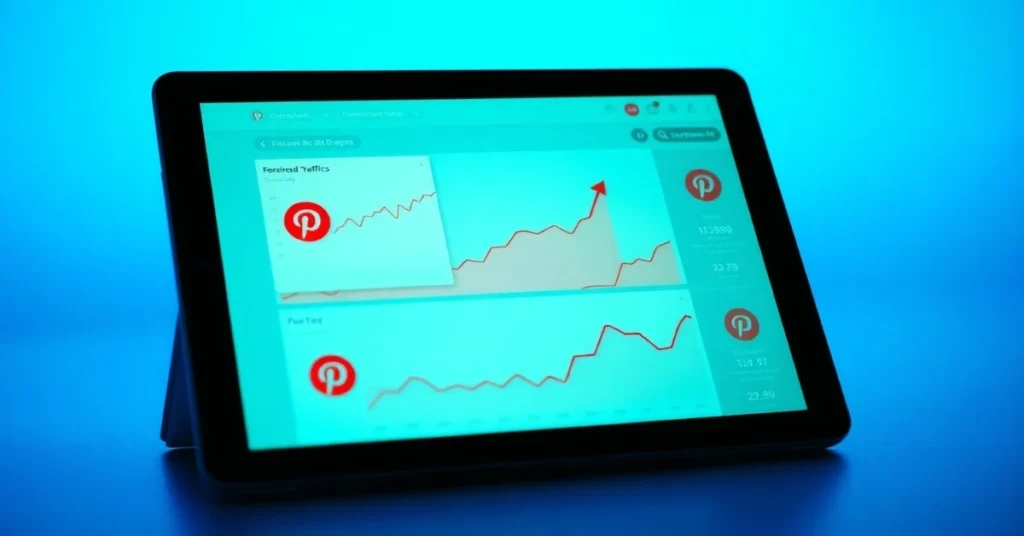
Optimizing Pin Descriptions for Maximum Visibility
Pin descriptions serve as the foundation of your Pinterest SEO strategy. These descriptions help Pinterest understand your content while providing users with compelling reasons to engage with your pins. Effective pin descriptions balance keyword optimization with natural, engaging language that encourages saves and clicks.
Start your pin descriptions with your most important keywords, as Pinterest gives more weight to terms appearing early in the description. However, avoid keyword stuffing, which can harm your rankings and create poor user experiences. Instead, craft descriptions that read naturally while incorporating your target keywords strategically. Ultimate Guide to Ranking Your Pins Higher.
Include specific details that help users understand what they’ll discover when they click through to your content. If you’re sharing a tutorial, mention the time required, skill level, and key outcomes. For product-related pins, include relevant details like price range, materials, or occasions when the product might be useful.
Hashtag Strategy That Actually Works
Pinterest hashtags function differently from other social platforms, with the platform recommending no more than 20 hashtags per pin, though 3-5 highly relevant hashtags often prove more effective. Focus on hashtags that directly relate to your content rather than broad, overly competitive tags. Ultimate Guide to Ranking Your Pins Higher.
Research hashtags by searching for your target keywords and observing which hashtags appear on high-performing pins in your niche. Look for a mix of moderately popular hashtags with strong relevance to your content rather than only targeting the most popular options.
Create branded hashtags for your business or content themes, but don’t rely on them exclusively. Branded hashtags help organize your content and can build community among your followers, but they’re unlikely to drive significant discovery traffic initially.

Creating Pinterest-Optimized Visual Content
Visual content quality significantly impacts your pin’s ranking potential and engagement rates. Pinterest users scroll quickly through feeds, making it essential to create pins that stop the scroll and encourage engagement. Your visual content must be both aesthetically appealing and functionally optimized for Pinterest’s platform specifications.
Vertical images with 2:3 aspect ratios (1000×1500 pixels) perform best on Pinterest, taking up more screen real estate and creating stronger visual impact. While square images can work, vertical pins typically receive more impressions and engagement due to their prominent display in Pinterest feeds. Ultimate Guide to Ranking Your Pins Higher.
Text overlay on images can significantly improve pin performance, especially for educational content, tutorials, and inspirational quotes. Use clear, readable fonts and ensure sufficient contrast between text and background images. Include your main keyword or key benefit in the text overlay to reinforce your pin’s relevance for both users and Pinterest’s algorithm.
Design Elements That Drive Engagement
Color psychology plays an important role in Pinterest pin performance. Bright, saturated colors often perform well on the platform, with pins featuring red, orange, and yellow typically generating higher engagement rates. However, color choice should align with your brand identity and target audience preferences. Ultimate Guide to Ranking Your Pins Higher.
Include faces in your pins when relevant, as images featuring people often generate higher engagement rates. For educators and influencers, incorporating personal photos can help build connection and trust with your audience while improving pin performance.
Maintain consistent branding across your pins to build recognition and trust. This doesn’t mean every pin should look identical, but incorporating consistent color schemes, fonts, or logo placement helps users recognize your content in their feeds.
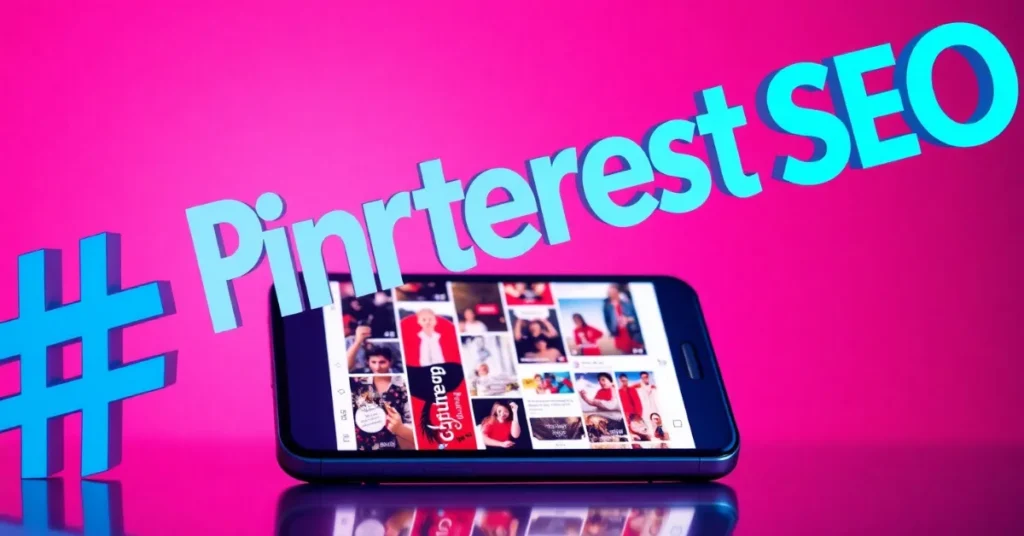
Board Optimization and Organization Strategies
Pinterest boards function similarly to website categories, helping organize your content while providing additional SEO opportunities. Well-optimized boards can rank in Pinterest search results, driving traffic to all pins within those boards and increasing your overall visibility.
Create boards with keyword-rich titles that clearly communicate their contents. Instead of generic board names like “Food” or “Fashion,” use descriptive titles like “Quick Weeknight Dinner Recipes” or “Professional Outfits for Working Moms.” These specific board titles help Pinterest understand your content focus while matching user search intent more precisely. Ultimate Guide to Ranking Your Pins Higher.
Board descriptions offer another opportunity to incorporate relevant keywords while providing users with clear expectations about the content they’ll find. Write board descriptions that explain the type of content users can expect while naturally incorporating your target keywords throughout the description.
Strategic Board Management
Organize your boards logically, creating specific boards for different subtopics within your niche. A content creator focusing on productivity might create separate boards for “Time Management Tips,” “Workspace Organization,” and “Digital Planning Tools” rather than one broad “Productivity” board. Ultimate Guide to Ranking Your Pins Higher.
Regularly add fresh pins to your boards, as Pinterest favors active boards over static ones. This doesn’t mean you need to pin constantly, but consistent activity signals to Pinterest that your boards remain relevant and valuable to users.
Consider creating seasonal or trending boards to capture timely search traffic. These boards can drive significant short-term traffic while supporting your overall account growth and authority within your niche.
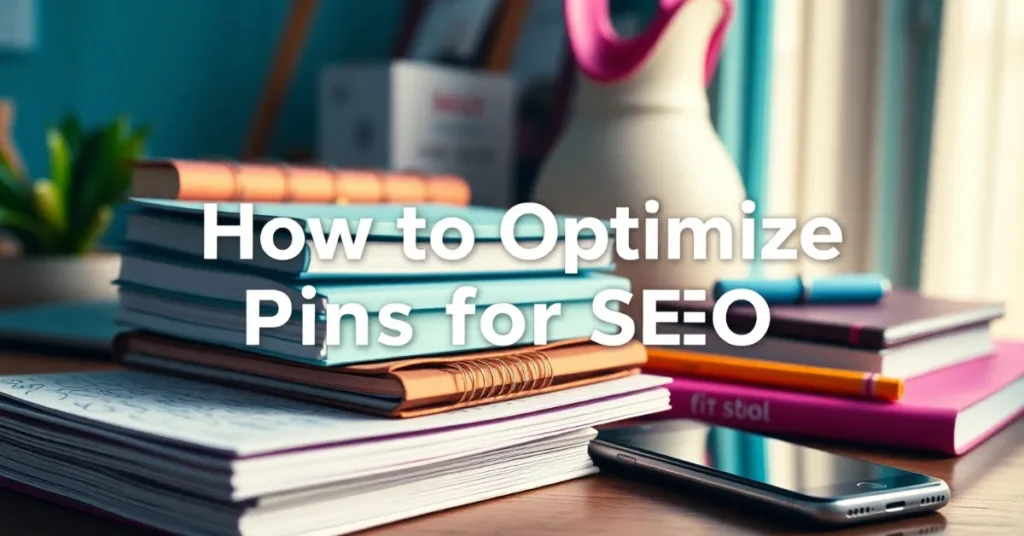
Rich Pins and Technical Optimization
Rich Pins provide additional information directly on Pinterest, pulled from metadata on your website. These enhanced pins include extra details like article headlines, product pricing, or recipe ingredients, making them more informative and clickable for users while potentially improving search rankings.
Article Rich Pins display the headline, author, and story description directly on the pin, making them particularly valuable for content creators, educators, and storytellers. These pins often appear more authoritative and trustworthy to users, potentially increasing click-through rates and engagement. Ultimate Guide to Ranking Your Pins Higher.
Product Rich Pins show current pricing, availability, and purchase information, making them essential for marketers and influencers promoting products or services. These pins can drive direct sales while providing users with up-to-date information without requiring them to click through to your website first.
Website Integration and Analytics
Claiming your website on Pinterest provides access to additional analytics and features while potentially improving your pin rankings. This verification process helps Pinterest understand your domain authority and can boost the performance of pins linking to your verified website.
Install Pinterest’s conversion tracking pixel on your website to measure the effectiveness of your Pinterest marketing efforts. This data helps you understand which pins drive the most valuable traffic and conversions, allowing you to optimize your strategy based on actual performance data rather than vanity metrics. Ultimate Guide to Ranking Your Pins Higher.
Monitor your Pinterest Analytics regularly to identify your best-performing pins and understand your audience behavior patterns. Look for trends in successful content and replicate those elements in future pins while experimenting with new approaches to continuously improve your results.
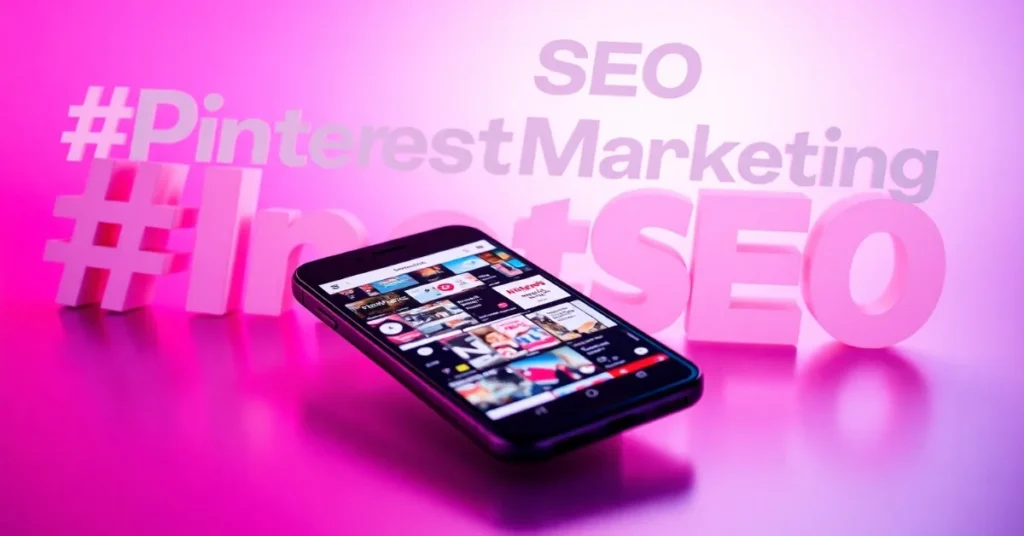
Timing, Frequency, and Consistency Best Practices
Pinterest operates differently from other social platforms regarding optimal posting times and frequency. While other platforms reward frequent posting, Pinterest values consistency and quality over volume. Focus on maintaining a regular pinning schedule rather than overwhelming your followers with excessive content. Ultimate Guide to Ranking Your Pins Higher.
Most Pinterest users browse during evening hours and weekends, making these periods optimal for sharing new pins. However, Pinterest’s algorithm continues showing quality pins long after publication, making consistent posting more important than perfect timing.
Develop a sustainable pinning schedule that allows you to maintain quality while staying active on the platform. Many successful creators find success pinning 5-15 times daily, mixing fresh content with repins from other creators in their niche.
Pinterest SEO success requires patience, consistency, and strategic thinking. By implementing the strategies outlined in this guide, you’ll build a strong foundation for long-term Pinterest growth and traffic generation. Focus on creating valuable, well-optimized content that serves your audience’s needs while following Pinterest’s best practices for maximum visibility and engagement.
Remember that Pinterest success builds over time, with pins continuing to drive traffic months or years after publication. Stay consistent with your optimization efforts, monitor your analytics for insights, and continuously refine your approach based on performance data and platform updates.

Frequently Asked Questions (FAQs) About Ultimate Guide to Ranking Your Pins Higher
What makes Pinterest SEO different from traditional SEO?
Pinterest SEO focuses on optimizing visual content (pins and boards) within a discovery-driven platform, while traditional SEO mainly revolves around website text optimization for Google. Unlike Google, Pinterest values visual appeal, engagement signals, and keyword relevance in both pin descriptions and board titles. Ultimate Guide to Ranking Your Pins Higher.
How long does it take for a pin to rank on Pinterest?
Pins can start gaining visibility within days, but strong SEO and engagement often take weeks or months to build traction. The good news is, unlike Instagram or Facebook posts, pins can keep driving traffic for years once they rank. Ultimate Guide to Ranking Your Pins Higher.
What role do keywords play in Pinterest SEO?
Keywords help Pinterest understand your content and match it to user searches. They should be placed naturally in pin titles, descriptions, board names, and even text overlays on images. Long-tail and descriptive keywords usually perform better. Ultimate Guide to Ranking Your Pins Higher.
Do hashtags still work on Pinterest in 2025?
Yes, but sparingly. Pinterest recommends using 3–5 highly relevant hashtags per pin. Hashtags improve discoverability but shouldn’t replace strong keyword optimization in descriptions and boards. Ultimate Guide to Ranking Your Pins Higher.
What type of pins perform best in search results?
High-quality vertical images (1000×1500 px, 2:3 ratio) with clear visuals, strong text overlays, and bright colors perform best. Pins with engaging titles and value-driven descriptions are more likely to be saved, clicked, and ranked higher. Ultimate Guide to Ranking Your Pins Higher.

How important are boards in Pinterest SEO?
Boards act like content categories. Well-optimized boards with keyword-rich titles and descriptions improve your chances of ranking in search. Active boards with consistent fresh pins are favored by Pinterest’s algorithm. Ultimate Guide to Ranking Your Pins Higher.
What are Rich Pins and should I use them?
Rich Pins automatically pull metadata from your website to provide extra details like product pricing, article headlines, or recipe ingredients. They make your pins look more professional, increase trust, and can boost click-through rates. Ultimate Guide to Ranking Your Pins Higher.
How often should I post on Pinterest for best SEO results?
Consistency matters more than volume. Successful creators pin 5–15 times daily, mixing new content with repins. The key is a sustainable schedule where you can maintain quality without spamming. Ultimate Guide to Ranking Your Pins Higher.
Does Pinterest reward fresh content more than repins?
Yes. Fresh pins (new designs, new images, or updated descriptions) usually get a ranking boost when first published. Repins still help, but original fresh content builds long-term visibility. Ultimate Guide to Ranking Your Pins Higher.
How can I measure if my Pinterest SEO strategy is working?
Track performance through Pinterest Analytics and website analytics. Look at impressions, saves, clicks, and conversions. Use this data to refine pin designs, descriptions, keywords, and posting schedules for continuous improvement. Ultimate Guide to Ranking Your Pins Higher.
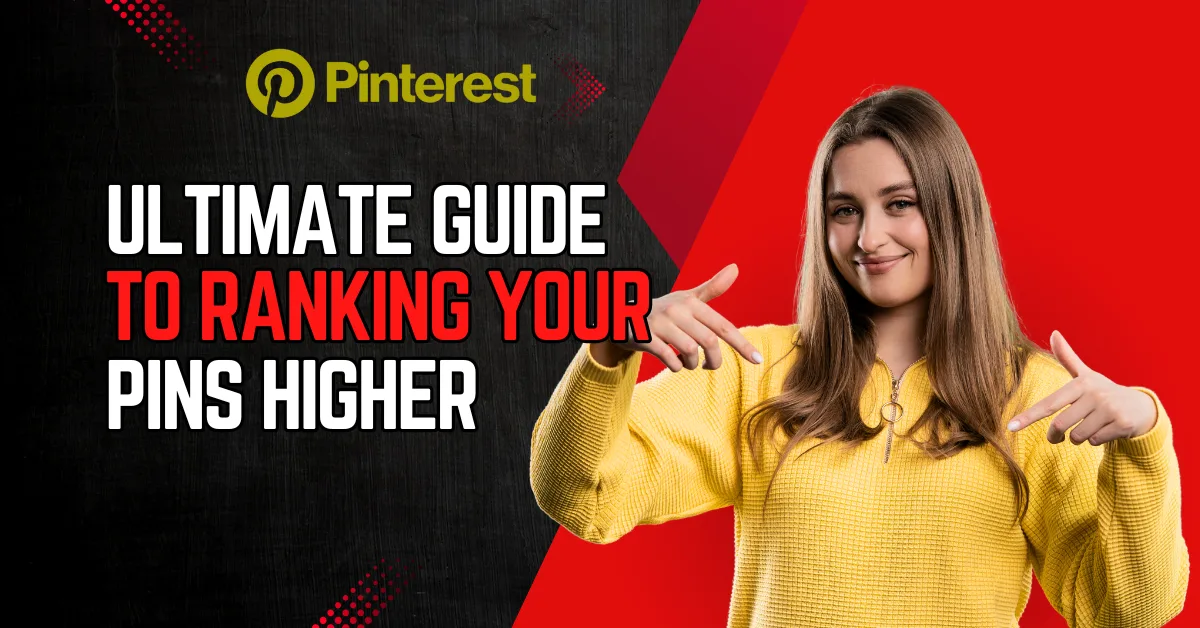
1 thought on “Pinterest Powerful SEO: Ultimate Guide to Ranking Your Pins Higher 2025”